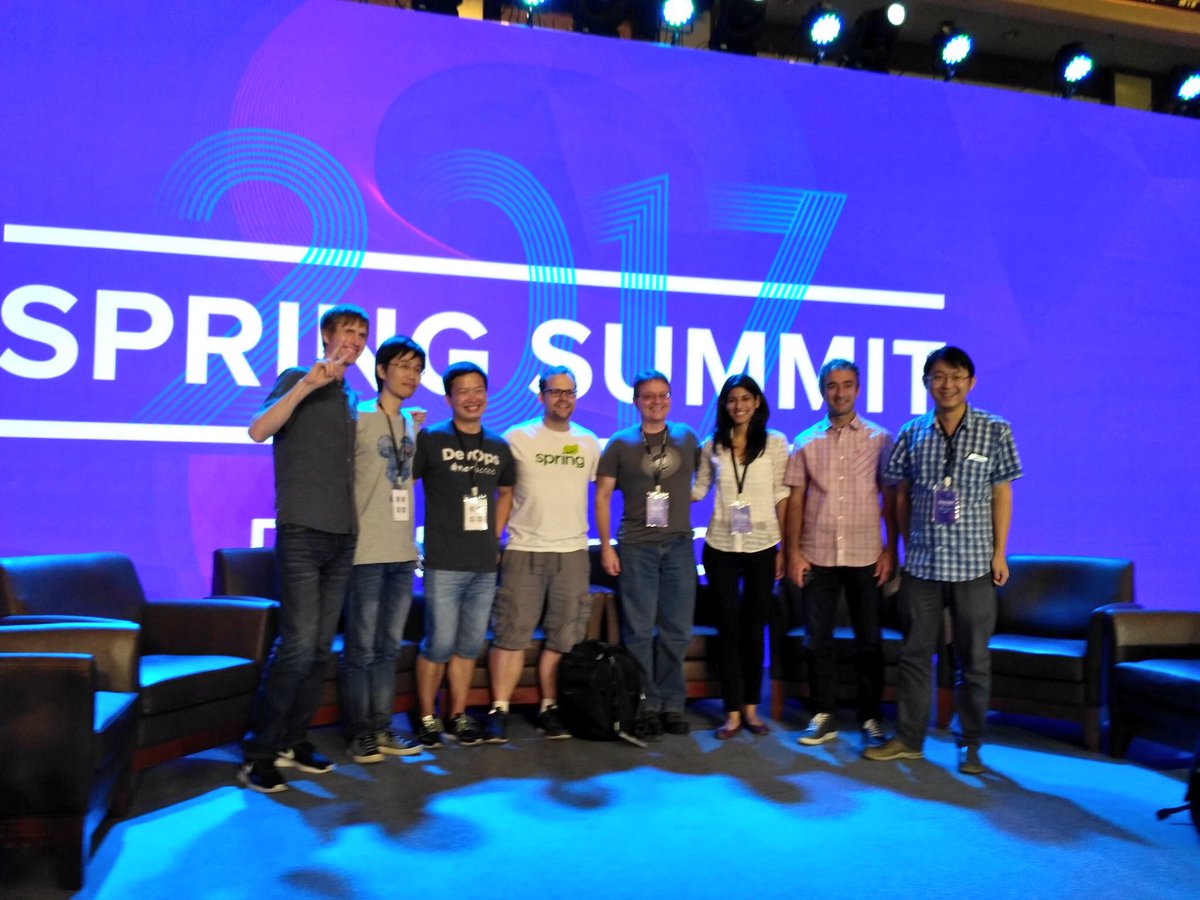Spring Boot 1.5.7 available now
On behalf of the team, I am pleased to announce that Spring Boot 1.5.7 has been released and is available now from repo.spring.io and Maven Central.
Spring Boot 1.5.7 includes 51 fixes, improvements and dependency updates. Thanks to all that have contributed with issue reports and pull requests.
What's next?
Spring Framework 5.0 RC4 has just been released and other Spring projects should follow. Spring Boot 2.0 M4 is just around the corner and this will be a nice way to test the last release candidate of Spring Framework before GA. If you want to take an early look at Spring Boot 2, and we’d love to hear your feedback if you do, please go to start.spring.io and select Spring Boot 2.0.0.BUILD-SNAPSHOT…

